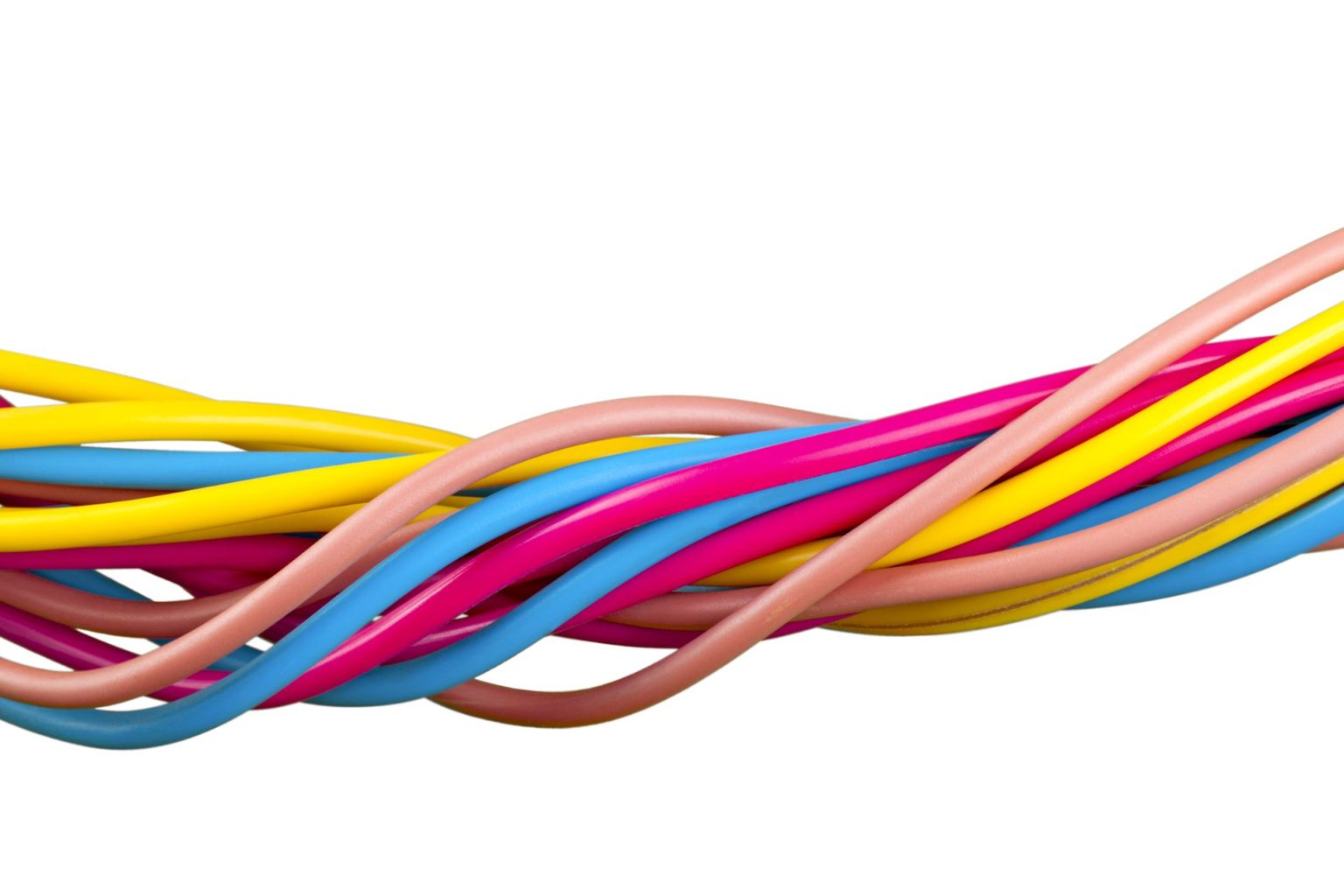This guide provides a comprehensive overview of 8-gauge wire and its ampacity—its ability to safely carry electrical current. We’ll explore the factors influencing ampacity, including material, temperature, and installation, empowering you to make informed decisions for your electrical projects.
Understanding 8-Gauge Wire Ampacity
Understanding how much current an 8-gauge wire can handle is crucial for any electrical project. Similar to a water pipe, a wire’s thickness (gauge) determines its current-carrying capacity. The lower the gauge number, the thicker the wire and the more current it can likely handle. 8-gauge is a substantial wire, suitable for a variety of applications. To safely manage the flow of electricity, it’s important to be aware of the current-carrying capacity of wires. Find out more about the 8 awg ampacity. If you’re working with 8 gauge wire, make sure to check its 8 gauge wire amp rating to ensure it can handle the electrical load.
Key Factors Affecting Ampacity
Several factors influence an 8-gauge wire’s ampacity. These include:
- Material: Copper, being a superior conductor, allows for higher ampacity than aluminum at the same gauge. At 90°C (194°F), 8-gauge copper wire can probably handle around 55 amps, whereas 8-gauge aluminum wire is likely limited to around 45 amps.
- Temperature: Higher ambient temperatures reduce a wire’s ability to dissipate heat, thereby decreasing its ampacity. Insulation type also plays a role, as different insulations have varying temperature ratings.
- Installation: How the wire is installed impacts heat dissipation. Wires bundled together or enclosed in conduit can trap heat, reducing ampacity.
- Voltage Drop: Over long distances, voltage drop can become significant, reducing the effective voltage at the destination. While not directly affecting ampacity, voltage drop may necessitate using a thicker gauge wire for long runs.
- Application: Continuous loads (operating for 3 hours or more) require derating the wire’s ampacity to 80% of its rated value to prevent overheating.
Determining the Right Wire Gauge
Choosing the correct wire gauge involves several steps:
- Calculate Amperage: Determine the required current for your circuit by checking appliance labels or documentation.
- Consult Ampacity Charts: Refer to NEC ampacity tables (like Table 310.16) to find the appropriate wire gauge for your current and temperature conditions.
- Account for Distance: Use a voltage drop calculator to assess the impact of long wire runs and adjust the gauge if necessary.
- Select Wire Type: Consider factors like flexibility (stranded vs. solid) and insulation requirements (THHN, Romex) when choosing the right wire type.
8 Gauge Wire Ampacity in Detail
Ampacity Ratings
A typical 8-gauge copper wire may have an ampacity ranging from 40 to 55 amps, depending primarily on the temperature rating of its insulation. 8-gauge aluminum wire typically handles between 30 and 45 amps. These figures are estimates and can vary based on the specific insulation and installation conditions.
Influence of Insulation
Insulation protects the wire and dictates its maximum operating temperature. Different insulation types have different temperature ratings:
| Insulation Type | Temperature (°C) | Approximate Ampacity (A) – Copper | Approximate Ampacity (A) – Aluminum |
|---|---|---|---|
| THHN | 60 | 40 | 30 |
| THHN | 75 | 50 | 35 |
| THHN | 90 | 55 | 45 |
| THWN-2 | 75 | 50 | 35 |
| TW | 60 | 30 | Not recommended for this application |
Voltage Drop Considerations
Voltage drop is the decrease in voltage that occurs along the length of a wire, particularly with longer runs and higher currents. This effect can impact the performance of electrical devices. Online calculators can help you determine the voltage drop for your specific setup.
Ambient Temperature and Derating
Ambient temperature significantly affects wire ampacity. Higher ambient temperatures can decrease the amount of current a wire can safely carry. For continuous loads, it is essential to derate the ampacity—typically to 80% of the rated value—to prevent overheating.
Addressing Common Questions
Will #8 wire carry 60 amps?
Generally, #8 wire is not recommended for 60 amps under standard conditions. While it might handle 60 amps briefly under very specific circumstances, it’s not considered safe for sustained operation. Doing so significantly increases the risk of overheating, potentially damaging the insulation and creating a fire hazard. Always consult the NEC for appropriate wire sizing for 60-amp circuits, which typically requires #6 AWG or larger.
Can you run 50 amps on 8 gauge wire?
Whether you can run 50 amps on 8 gauge wire depends on several factors. While 8-gauge copper wire might handle 50 amps under specific conditions (75°C or 90°C with the correct insulation type), 6-gauge wire is usually recommended for this amperage. This offers a safety margin and helps prevent overheating, especially for continuous loads. 8-gauge aluminum wire is never recommended for 50 amps.
Prioritizing Safety
When working with electricity, safety should always be the top priority. Consulting the National Electrical Code (NEC) and local electrical codes is essential to ensure compliance and prevent hazards. If you’re uncertain about any aspect of your wiring project, consulting a qualified electrician is always the best course of action. They can assess your specific requirements and ensure a safe and code-compliant installation.
- Stovetop Backsplash Ideas: Stylish Protection for Your Kitchen Cooking Zone - December 23, 2025
- Embossed Backsplash Tile Kitchen: Add Texture And Style - December 22, 2025
- Ceramic Tile Backsplash Ideas for Your Kitchen Remodel - December 21, 2025










